Introduction
In the realm of business valuation lies crucial knowledge for entrepreneurs and investors seeking to make informed choices that lead to success.The factors impacting a companys value – such, as financial performance market positioning industry trends and adaptability to shifts – significantly shape investment prospects and business plans.
Companies such, as Pool Corporation and Tesla demonstrate how a companys worth is influenced by market factors and financial stability.Therefore it is crucial for businesses to monitor these aspects closely to ensure long term success by making choices that align with market trends and economic changes.
Key Factors in Company Valuation
Comprehending the factors that influence the worth of a business is essential for entrepreneurs and investors to maneuver through the landscape efficiently and make educated choices regarding investment prospects and business approaches. These components encompass how the organization is faring economically in relation to economic conditions and wider industry patterns. For instance; Pool Corporation acts as an example of how financial performance and a significant presence, in the field can influence an organization's standing and success in the industry sector it operates in. Pool Corporations valuation is positively impacted by its network of 434 sales centers catering to more than 125k customers worldwide on various continents and its strong supply chain that offers a wide range of, over 200k products sourced from 2k suppliers.
Along with that point regarding economic conditions being essential, Tesla's share price fluctuating in response to earnings announcements throughout 2023 is an illustration of how vital it is to monitor financial performance to uphold a company's worth steadily over time, despite some initial increases made by the stock; this demonstrates how unpredictable the environment can be and how essential it is for companies to achieve financial success at critical moments. Moreover, observing trends in the sector also contributes to success. For example, small enterprises encountered difficulties from inflation pressures and their effects on finances and workforce management in 2023, which emphasizes how crucial it is for owners to adjust swiftly by comprehending economic shifts and sector dynamics to effectively maneuver through any challenges they might encounter.
By monitoring these elements and being conscious of them, entrepreneurs can make well-informed decisions that position their enterprises favorably and ensure ongoing success over time.
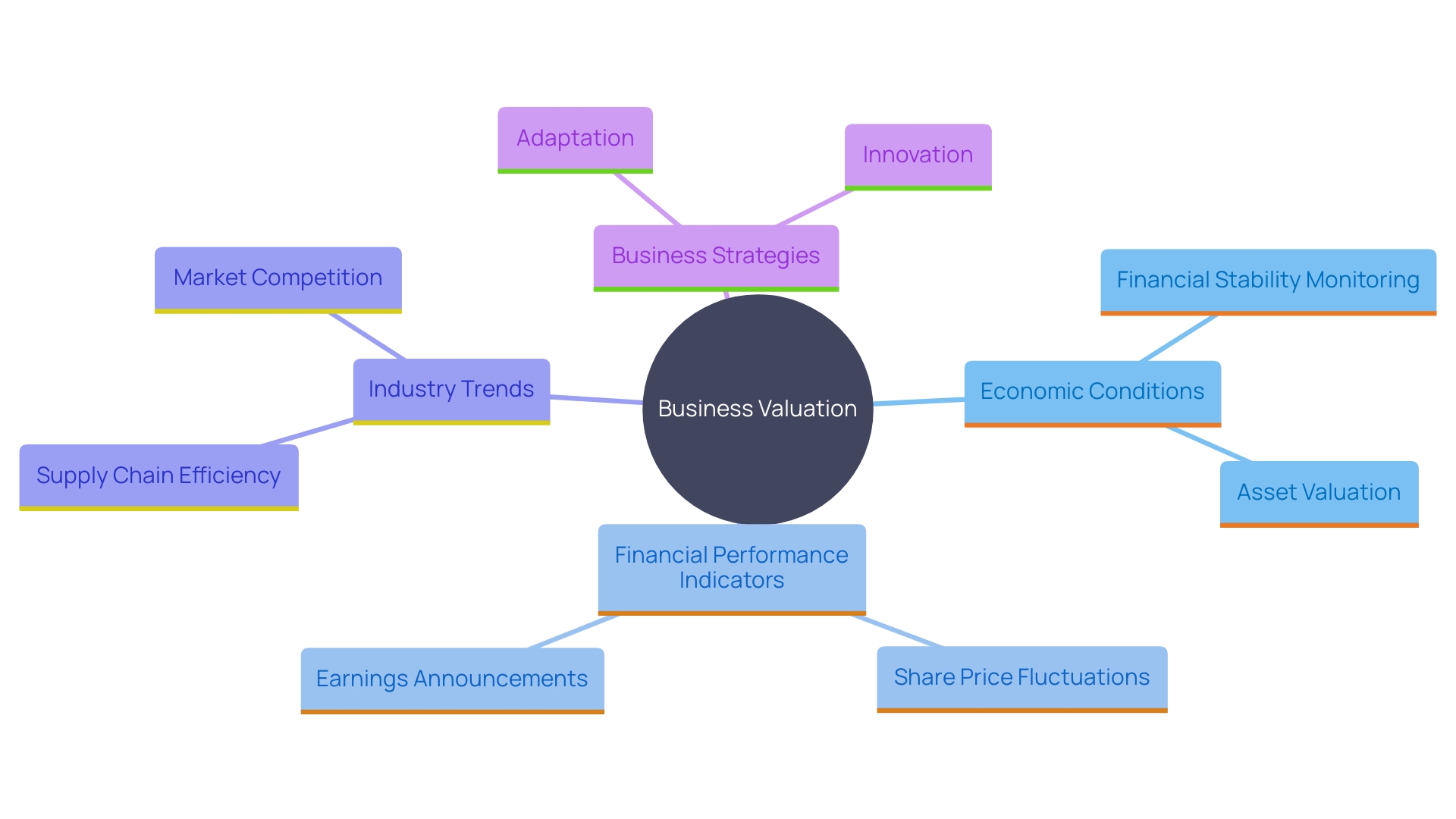
Company Size and Its Impact on Valuation
The scale of a business influences its evaluation assessment process. Larger organizations with resources and a broader presence tend to communicate an image of dependability and strong potential for growth. This sense of stability can boost their value and appeal to potential investors. A prime case in point is Mastercard. Famous for its commercial strategy and leading position, in the industry that consistently places it as an attractive investment opportunity.
On the hand smaller firms might be seen as more risky investment options despite their flexibility and creativity due to their constrained resources and market reach that could affect how they are valued as a whole. Nonetheless recent studies like the Fiserv Small Enterprise Index point out a trend of resilience in small enterprises hinting at a bright future for their expansion and worth, in the upcoming year.
Knowing where your business stands in this range is key to success according to Bain research findings. The path from being a startup to becoming a billion dollar 'unicorn’ is tough. Maintaining that worth unchanged by yourself is even more challenging. Therefore, contrasting your business's scale with others in the market will assist in strategizing for long-term growth and worth evaluation.
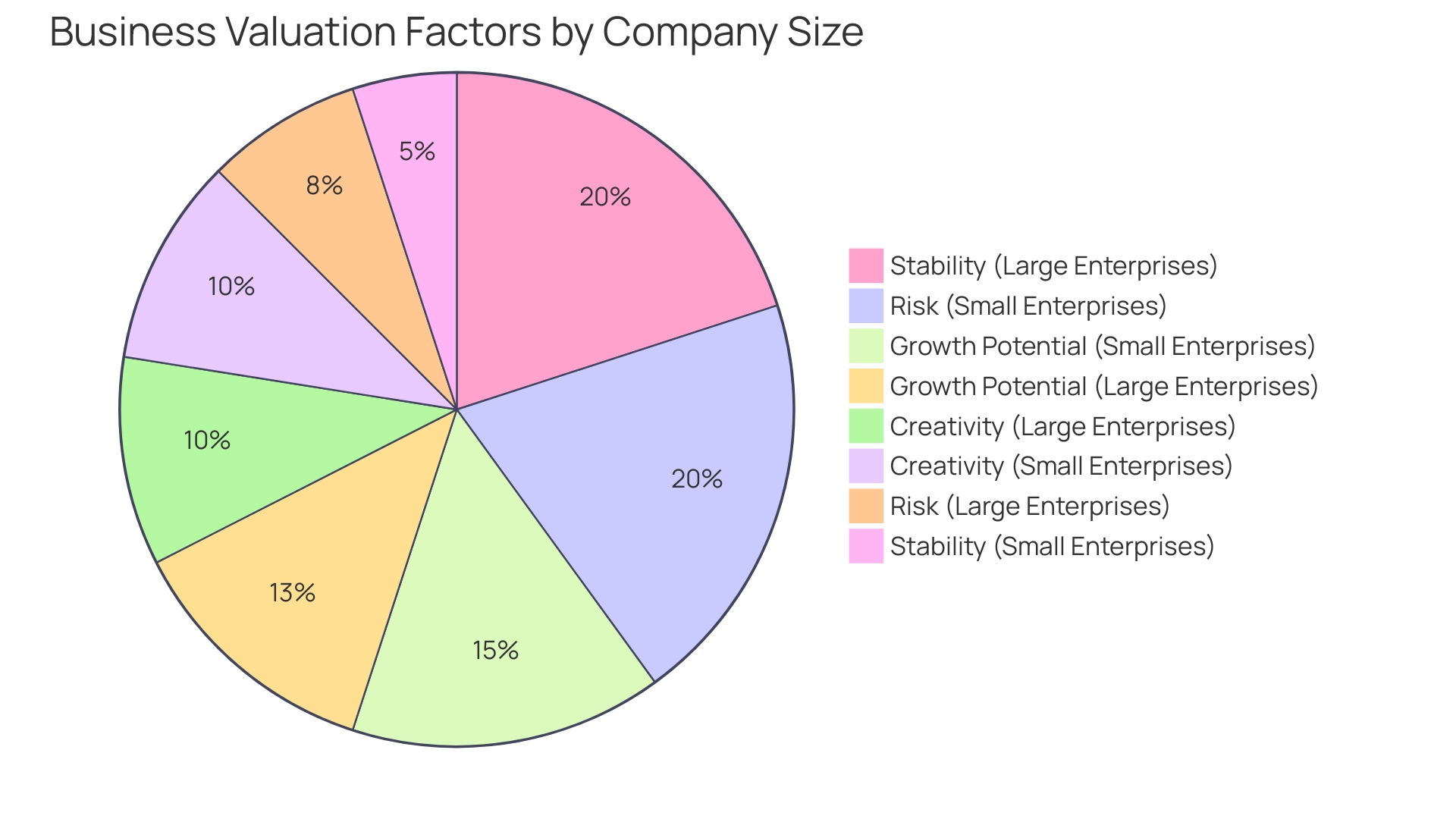
Profitability and Revenue in Valuation
An organization's value can be accurately evaluated by analyzing its profitability and revenue levels over time—consistent income and strong profit margins indicate stability and appeal to potential investors or purchasers alike. Examining financial records and forecasting future earnings can offer deeper insights into the genuine worth of the business in question.
When evaluating an organization's suitability for investment or acquisition purposes, alongside performance and growth potential, it is essential to consider its position within the industry and what distinguishes it from rivals. A robust market presence generally signifies a benefit defined by elements like a dedicated customer base, distinctive product offerings, or technological progress. Assessing aspects such as market share, growth trajectory, and the durability of its competitive advantage provides a broader insight into its overall worth. For instance businesses operating in the software sector that consistently drive innovation through research and development endeavors or strategic mergers and acquisitions tend to command valuation metrics.
The worth of a business can be significantly affected by the strength of its property (IP). Patents and trademarks are assets that assist a business in maintaining its competitive advantage and gaining trust from investors. 'It is important to conduct a review of the IP to evaluate the legal safeguards in place and the significance of these assets for current and future earnings in order to grasp their impact on the overall worth.'.
Market Traction and Growth Rate
'The performance in the industry and how rapidly an organization is expanding can provide insights into its future success potential. Viewed as valuable are enterprises that demonstrate strong growth and maintain a loyal customer base. Take Startup Genome's data as an illustration; there are over 600k startups globally with the US at the forefront. Popular sectors include technology, healthcare, and finance.'. All showcasing business opportunities.
Examining how a company is performing includes assessing how many customers it is attracting and its share in the sector – this provides a clear understanding of where the company stands in the industry landscape! Businesses can gain ground in their field by focusing on elements such as competitive pricing and delivering excellent customer service. A recent report from Fiserv highlighted that small enterprises are quite resilient and pointed out how crucial it is for them to cater to their customers' needs both online and offline efficiently. Tailoring the client experience and making sure an interaction can significantly contribute to expanding outreach and fostering customer loyalty.
In today's economic environment, sustainability is significance emphasized by a recent NielsenIQ study revealing that 78 percent of American consumers prioritize sustainable living and tend to support entities aligned with these values, highlighting the necessity for organizations to integrate sustainability into their operations to attract and retain customers.
'Utilizing these tactics not only assists organizations in expanding but also in establishing their position in a fiercely competitive market space; evaluating rivals and consistently adjusting to market needs are crucial actions along this path.'.
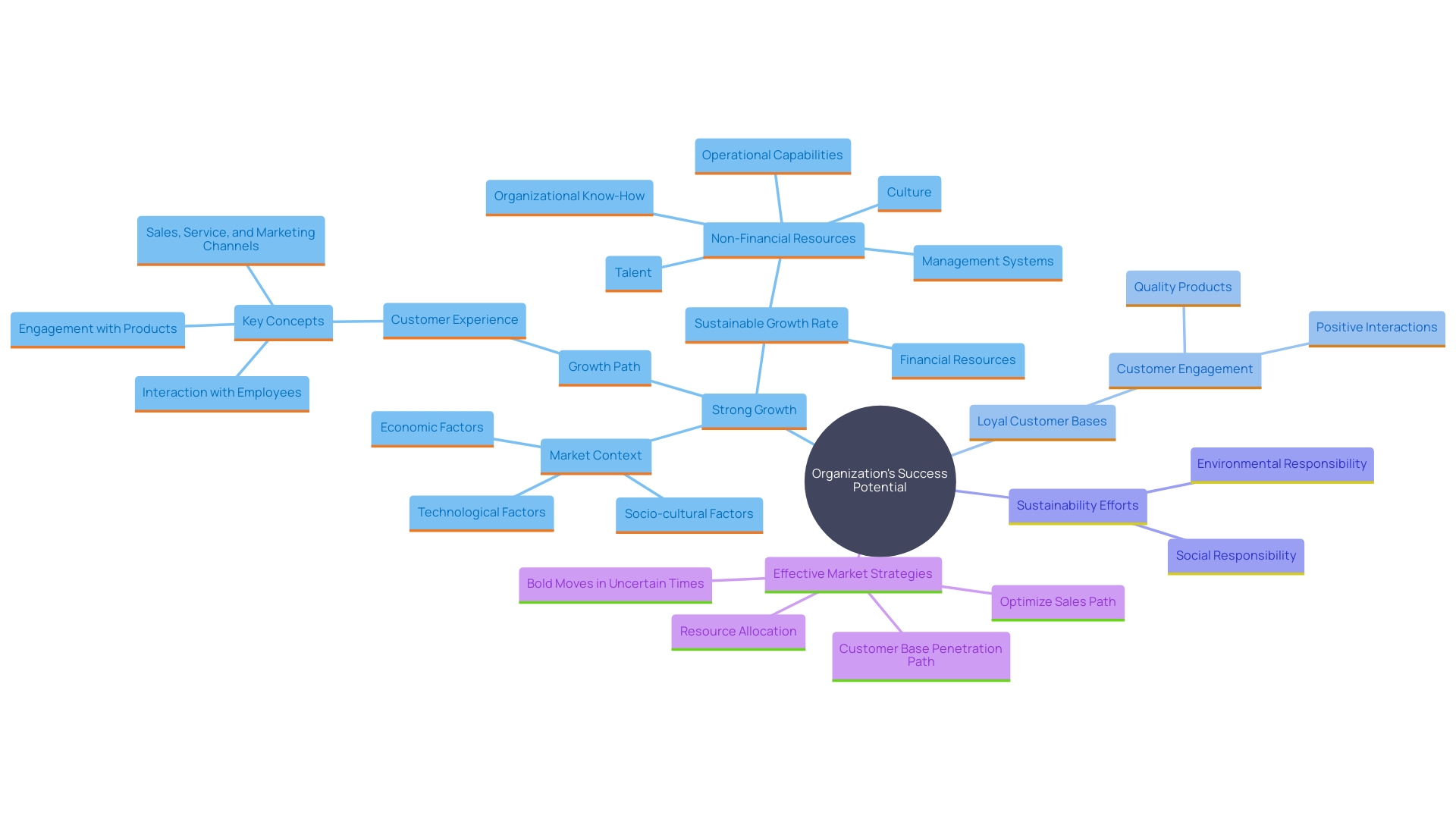
Sustainable Competitive Advantage
Having products or brand loyalty and using proprietary technology can greatly increase an organization’s worth by giving them a competitive edge that is hard for rivals to match in the long run – something investors find attractive for sustained success and profits in the commercial realm. The increasing focus on decarbonizing sectors and the importance of finance in addressing climate issues highlight how enterprises are adapting to new trends and challenges to stay ahead. An example of this is the Catena X program in the industry which has improved competitiveness by promoting transparency across the supply chain and helping advance towards achieving net zero emissions goals. 'The performing organizations in terms of sustainability have integrated it as a key component of their strategy to achieve growth and boost profitability and efficiency significantly. In addition to this finding, the report on the $44 billion potential for sustainability emphasizes the impact of responsible practices on brand reputation and consumer sentiment. By prioritizing sustainability as a strategy, firms can not only strengthen their capacity to withstand challenges but also gain a competitive advantage in the marketplace.'.
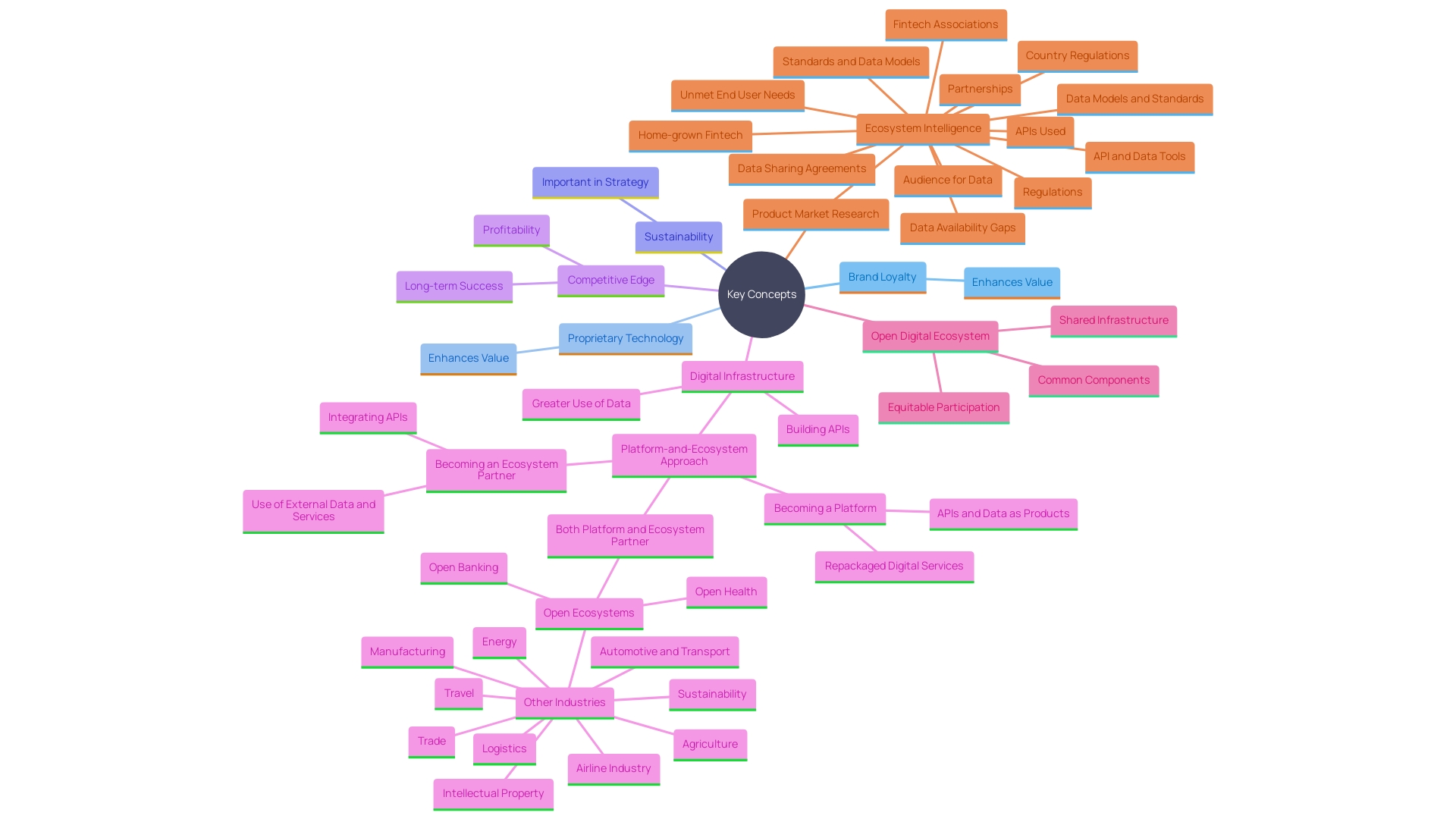
Common Methods of Company Valuation
Determining the valuation approach for your enterprise is vital since it not only offers a comprehensive understanding of your company’s value but also impacts investor trust and strategic choices significantly. Different valuation methods have benefits and drawbacks that are tailored for different stages and types of enterprises.
'In the realm of emerging enterprises, the Berkus Method offers a strategy for evaluation purposes. True to its origins from investor Dave Berkus back in the 1990s, this method assesses the value of elements such as the concept itself, developmental milestones of prototypes, and the capability of the leadership team.'. Offering a systematic means to assess startups prior, to generating revenue. This evaluation technique has notably left its mark on the technology sector addressing gaps left by valuation frameworks.
In the context of enterprises and their financial assessments, pre-money and post-money valuations play a significant role in decision-making processes. Pre-money valuation refers to the worth of the business before investments are made, while post-money valuation includes the extra funds that have been contributed. Grasping this distinction is essential as it aids in determining equity stakes and ownership shares in a way that enables proprietors and investors to have a clear view of the financial status of the organization.
In fields such as the software development sector, assessing competitive position and advantages is extremely significant. This involves examining factors like share of the sector, growth patterns, and innovation abilities which heavily impact the worth of an organization. Businesses with a recognized brand presence, devoted clientele, and a history of innovation frequently achieve higher valuations. This comprehensive evaluation helps in determining where an organization stands in relation to competitors and its potential for sustained growth.
By understanding valuation methods thoroughly and choosing the one that fits your business model and industry setting the most harmoniously; you will gain the ability to communicate your business worth clearly and confidently.
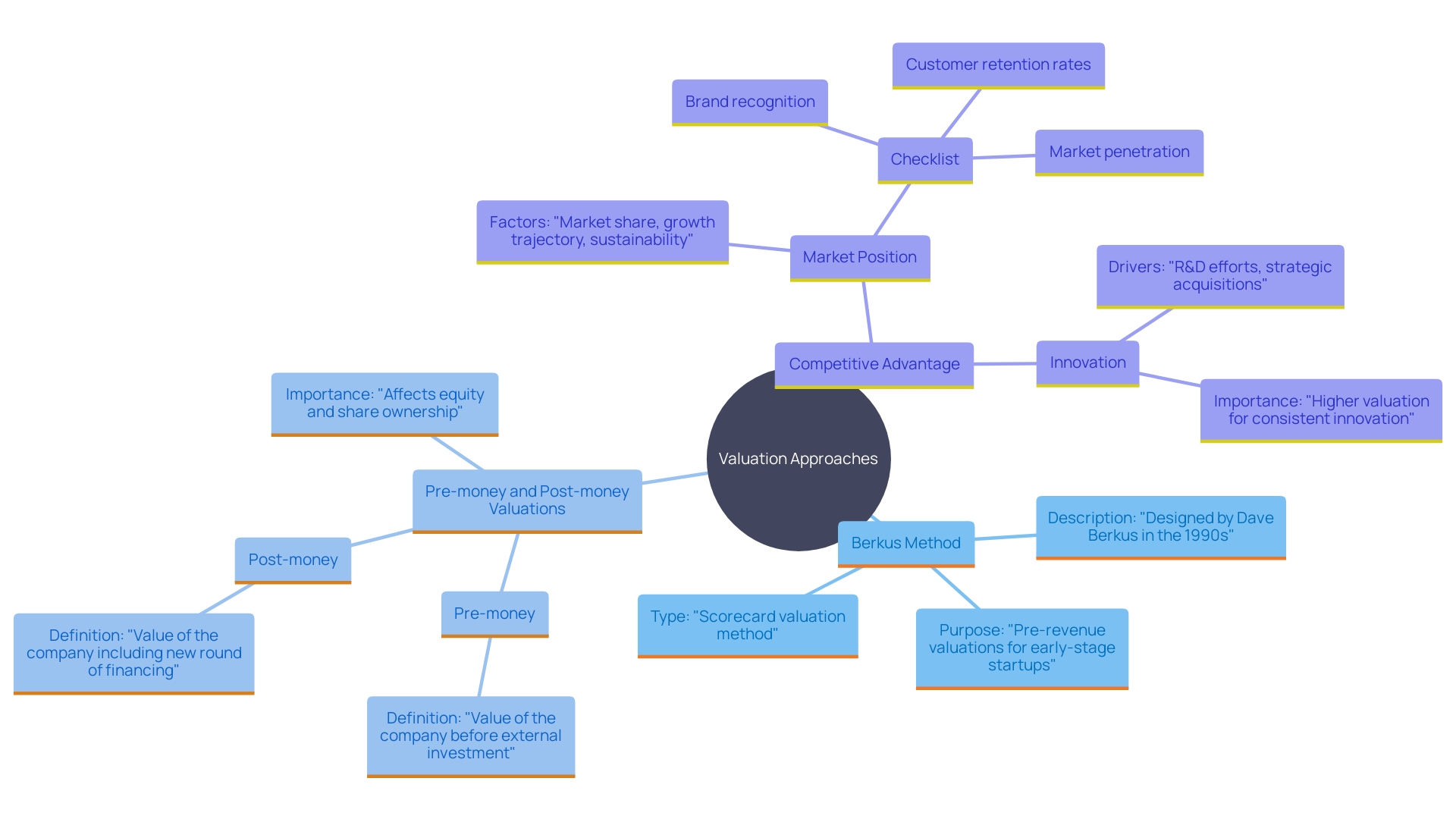
Market Capitalization Method
The valuation of a business is determined by multiplying the stock price by the total number of shares offered in the economy. This approach is frequently utilized to assess the value of traded firms and offers a brief view into their position in the economy and overall financial influence. A prime illustration would be a software firm with a valuation indicating a strong competitive edge evident through factors such as brand awareness, customer loyalty, and innovative product choices. Investors can use this metric to evaluate a firm's position and potential, for growth and competition in a dependable manner.
Times Revenue Method
The Times Revenue approach streamlines the process of assessing firms by multiplying their income with a factor pertinent to their industry segment. This technique is particularly advantageous for enterprises and startups that have not yet turned a profit. By focusing on sales performance, it allows for a precise evaluation of worth. For example, in the software sector, it is vital to assess an organization’s standing within the industry. An entity with a strong position typically has an advantage over rivals, showcased through customer loyalty, unique products, or cutting-edge technology. Evaluating the share and growth trajectory of a business while considering its advantage sustainability are essential components of this method for valuation analysis. Moreover, organizations possessing intellectual property such as patents and trade secrets often command higher valuations due to their ability to generate consistent revenue streams over time. ,\ the Times Revenue method provides a valuation approach particularly, in cases where conventional profit driven metrics may not be suitable.
Earnings Multiplier Method
'The Earnings Multiplier technique evaluates a company's profits by utilizing a measure frequently observed in the industry to indicate how much investors are prepared to pay for each dollar of earnings generated by the company. This approach provides insights as it takes into account factors such as the companies standing in the industry, competitive advantage, and potential for expansion.'. For instance, a software company, with a presence supported by a dedicated customer base and innovative technology would generally justify a higher multiplier. Businesses that consistently engage in innovation and adjust to market fluctuations typically receive evaluations as well. This strategy provides a view of valuation by considering both present profits and the strategic elements that support sustained long term expansion.
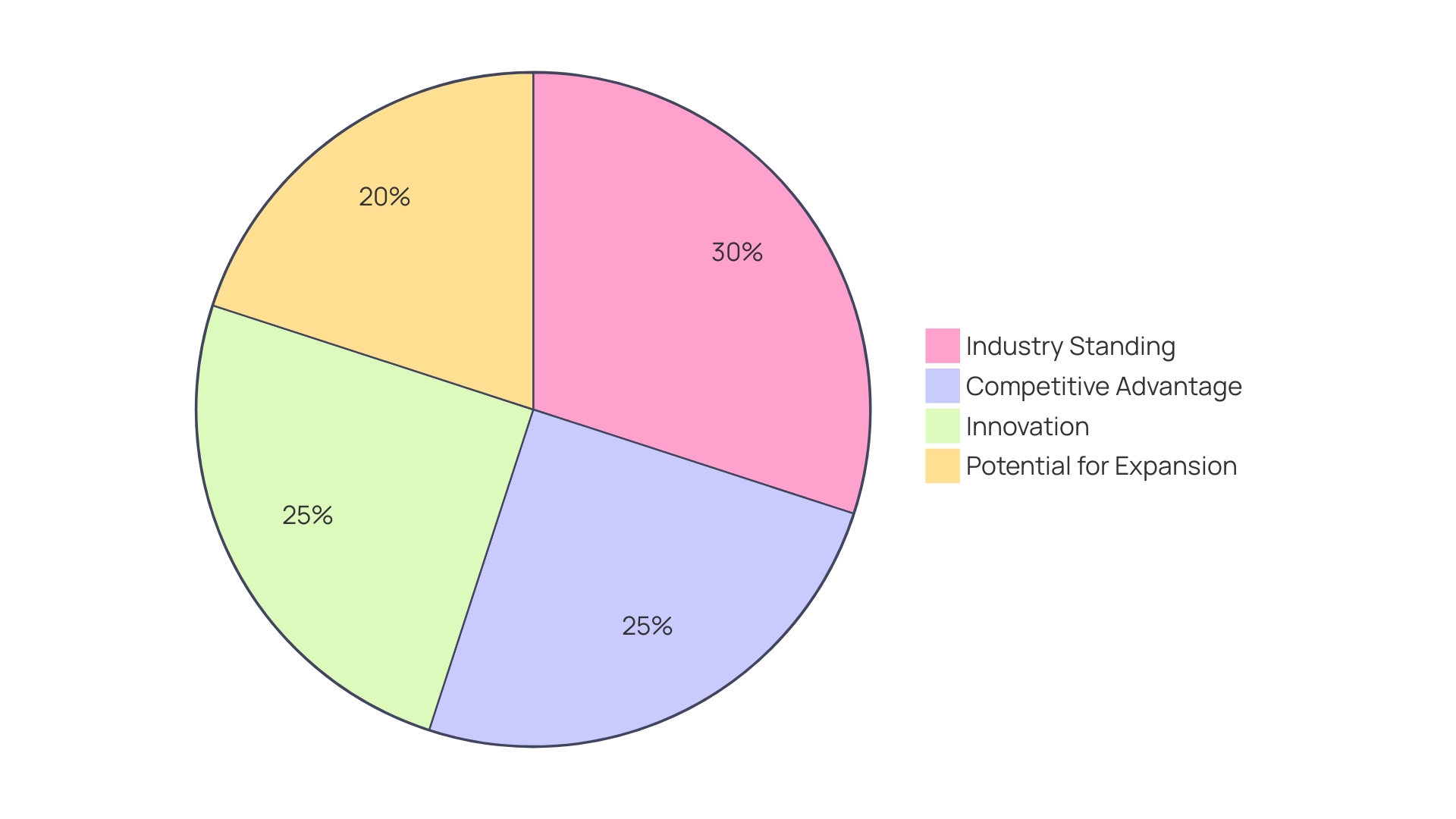
Discounted Cash Flow (DCF) Method
The Discounted Cash Flow (DCF) method determines the worth of projected future cash inflows by adjusting them with a particular rate of discontinuation. This methodology relies on the concept of the time significance of money which takes into account that a dollar today holds worth more than a dollar tomorrow because of variables like inflation and opportunity cost. Through forecasting cash inflows including net profit margins, taxes,variances in operational finances and expenditures, on assets the DCF method offers a comprehensive assessment grounded in expected performance. This technique is especially beneficial for businesses that have cash flows since it provides a thorough evaluation of their possible future worth.
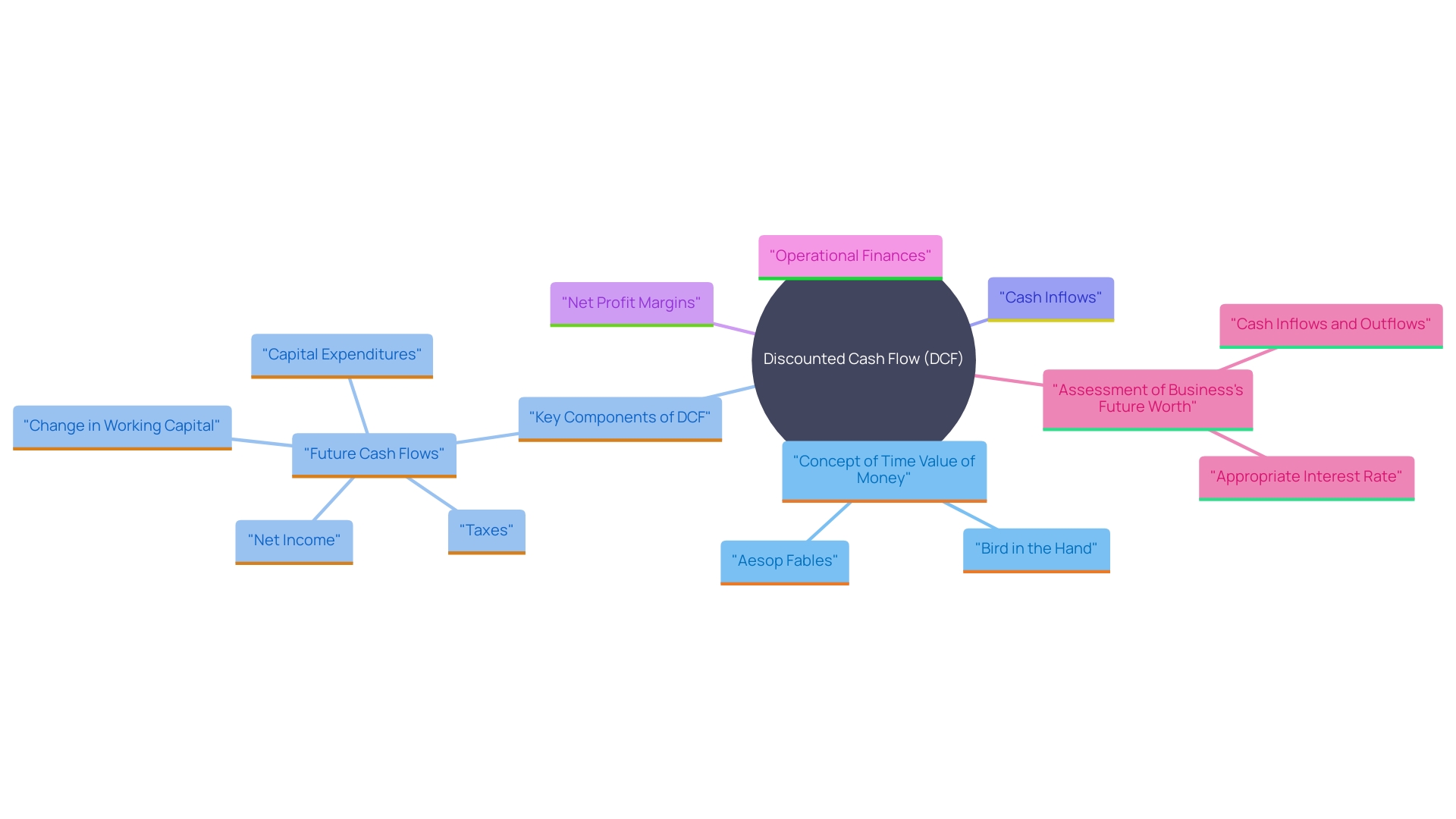
Book Value Method
The Book Value method calculates an organization's net asset worth by deducting liabilities from total assets. It is a straightforward and comprehensible approach but may not fully consider the actual market value of intangible assets and potential for future growth. For instance, in the software sector, an entity's standing in the market and competitive edge shaped by creativity and flexibility can greatly influence its real worth. Businesses with a solid market presence, distinctive product range, and cutting-edge technology often command higher valuations owing to their lasting competitive advantage. This highlights the drawback of using the Book Value approach to assess an organization's possibilities in industries that are constantly evolving and focused on innovation.
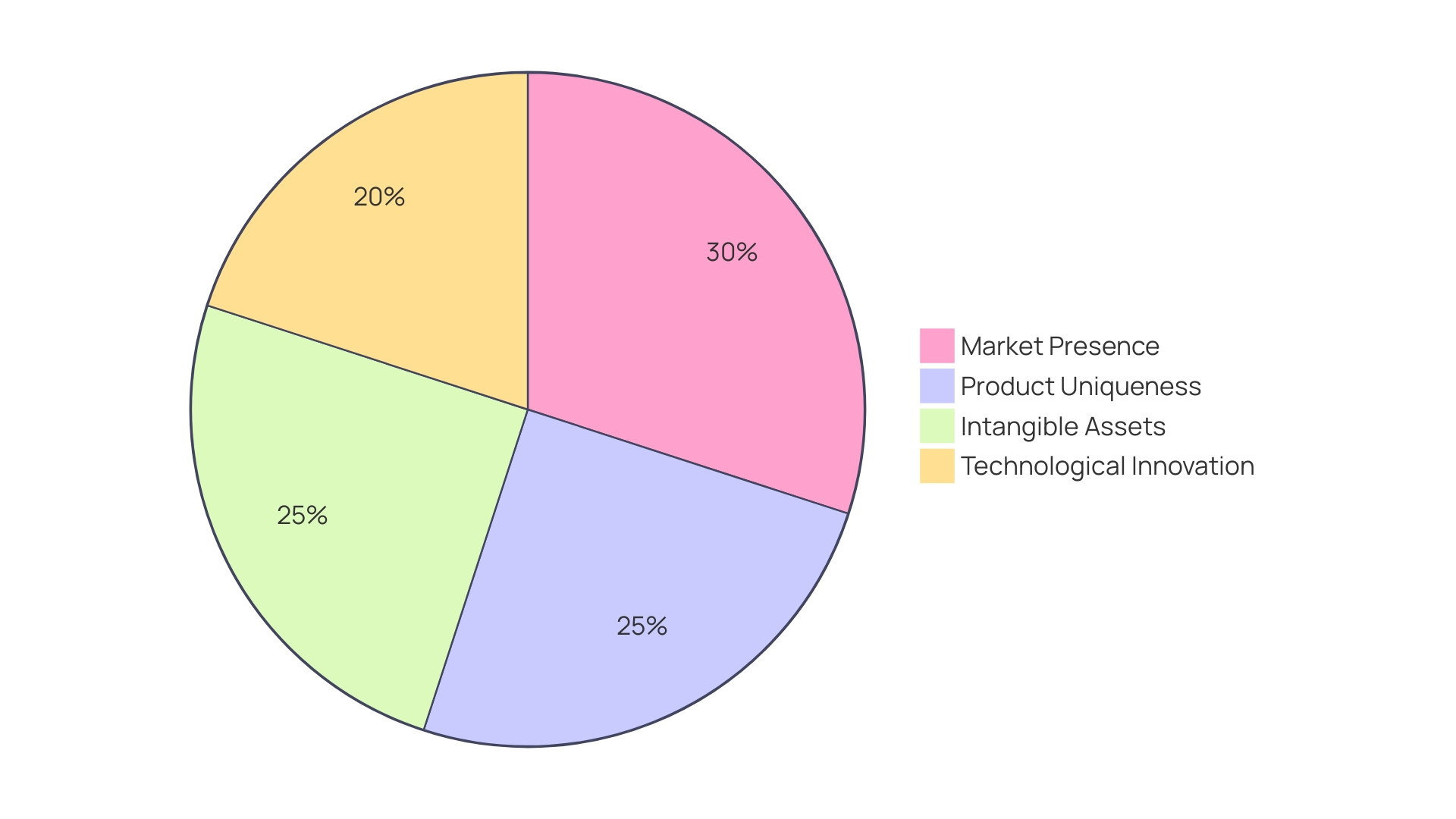
Liquidation Value Method
The Liquidation Value approach offers a means to ascertain the sum of money that would be received from disposing of an organization and liquidating its assets. It is especially beneficial during periods of distress as it provides a baseline assessment for the business. Assessing the position and competitive edge of a company is essential to understanding its worth. In the software sector specifically having a position usually goes hand in hand with a competitive advantage that stems from factors, like customer loyalty, unique product offerings or cutting edge technology. Businesses that are consistently innovative have a tendency to receive valuations as a result of their efforts in research and development or strategic acquisitions. An extensive examination of intellectual property rights. Encompassing both registered and unregistered holdings. Plays a crucial role in shaping investor trust and position. It is imperative to undertake an IP audit to assess the legal safeguards in place and their relevance, for future income streams.
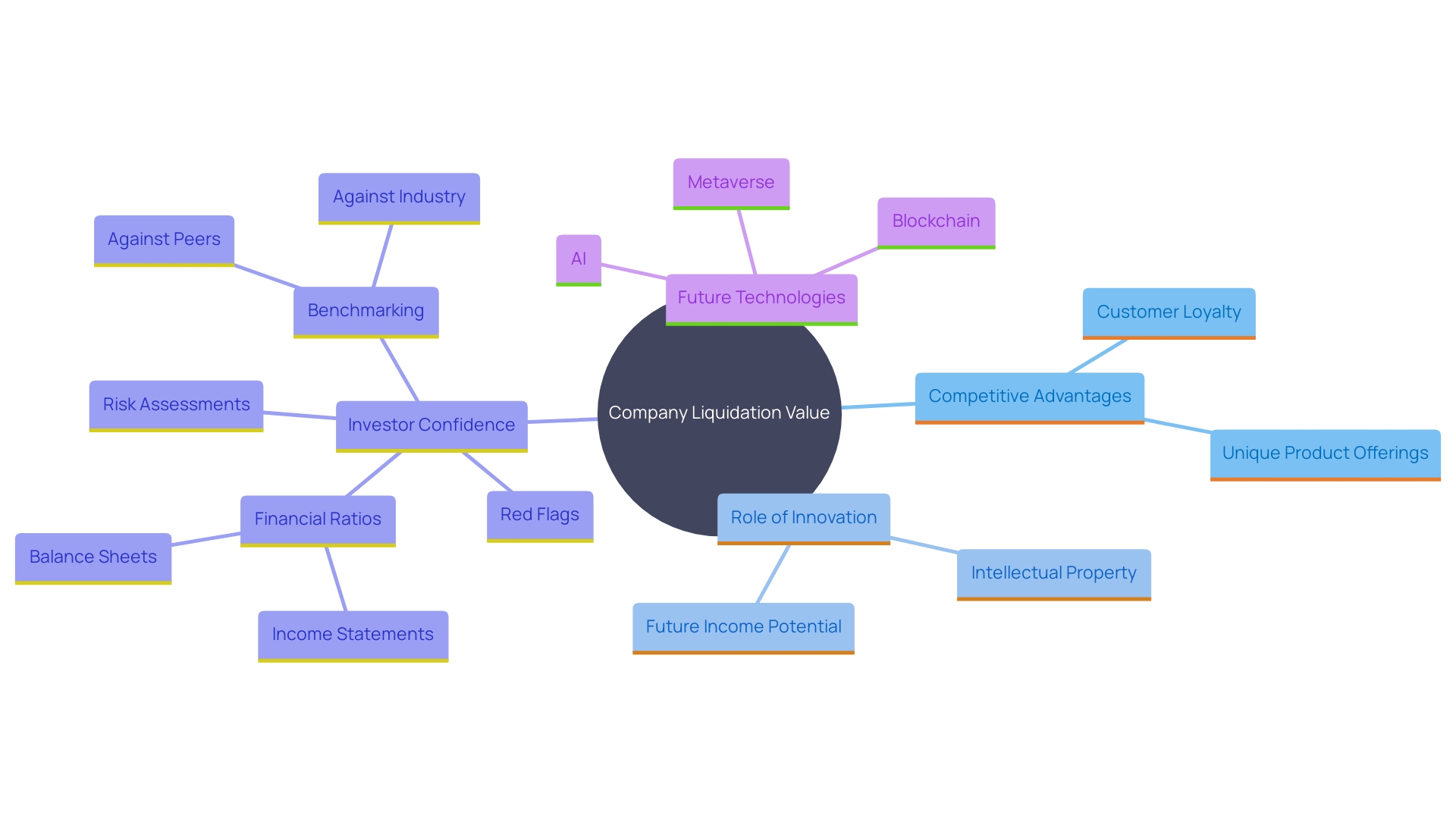
Relative and Intrinsic Valuation Approaches
Learning how to use both intrinsic valuation techniques gives you the ability to accurately assess the value of your business. When you utilize relative valuation techniques, you can contrast your company with others in the industry, which indicates your position in the field. Based on an examination of Total Shareholder Return, understanding economic principles and positioning can assist you in identifying potential pitfalls and enhancing returns for shareholders. This approach is especially handy for pinpoint edges linked to aspects, like brand recognition, customer loyalty rates and market reach.
On the other hand, intrinsic appraisal emphasizes the elements of your enterprise by assessing its actual worth through considerations such as financial performance and future growth prospects. This method considers types of capital such as financial assets, natural resources, human resources, and social capital to provide a comprehensive evaluation of the overall worth of the business. 'By examining intellectual property standing and growth trajectory you can gain a complete perspective, on the actual worth of your company. Firms with a history of innovation and adaptability.'. Whether achieved through research and development initiatives or strategic acquisitions. Typically obtain greater valuations, in the exchange. 'This deep comprehension not only enhances your operational model but also empowers stakeholders to make well-informed choices that contribute to sustainable value creation.'.
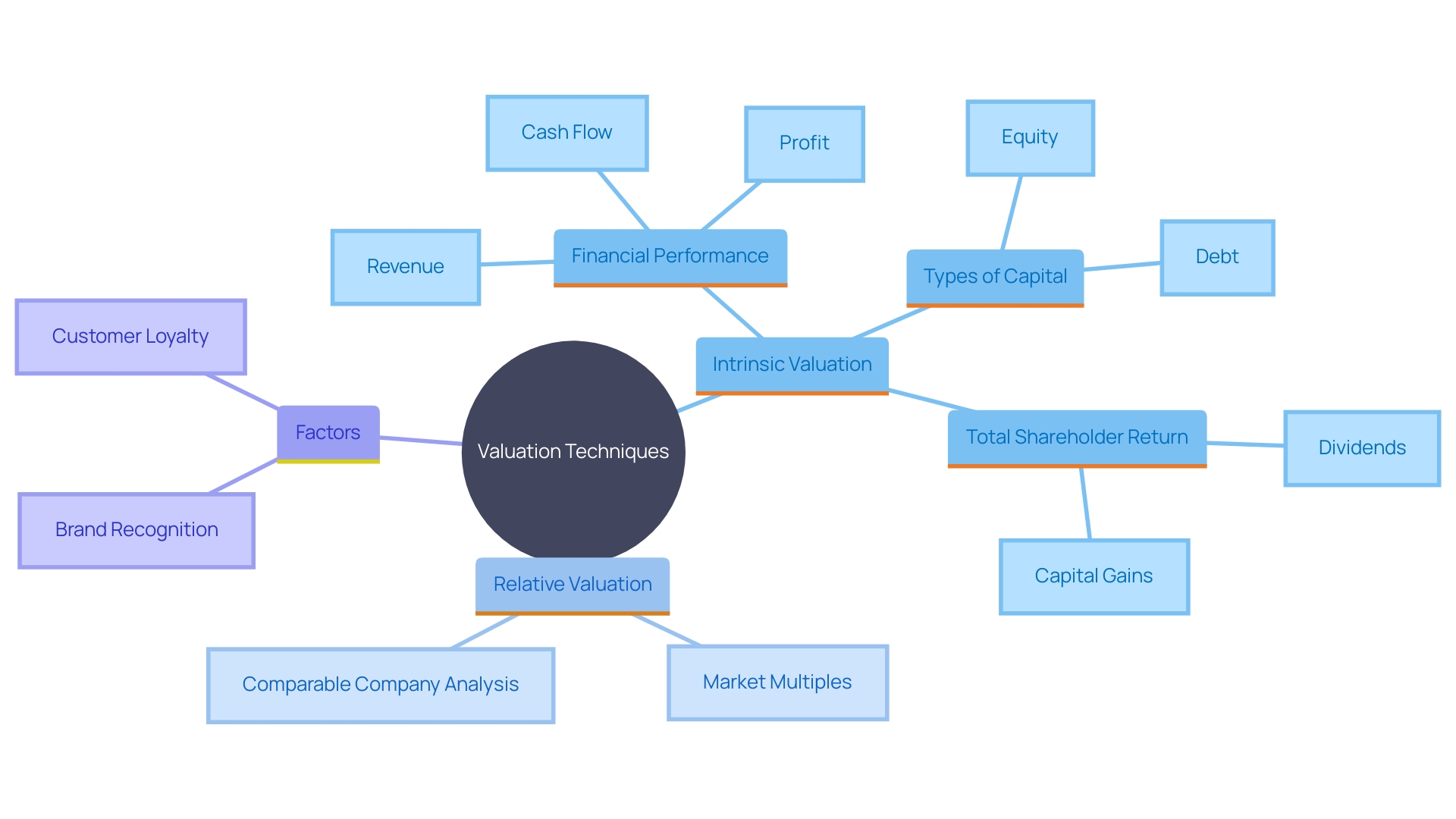
Relative Valuation: Comparing to Peers and Industry
Comparative analysis in commerce involves assessing your organization's performance metrics in relation to similar entities within the industry sector. This approach provides an understanding of your positioning and emphasizes your competitiveness. Evaluating factors like share growth direction and brand visibility is essential. A strong presence in the sector often corresponds with an advantage, such as a loyal customer base or unique product lineup. Notably, in the software field, firms demonstrating innovation, through research & development or strategic acquisitions, frequently achieve higher valuation. 'This approach enables you to assess where your business stands regarding retaining customers and entering the industry in comparison to competitors; it provides a view of your position and potential avenues for growth.'.
Intrinsic Valuation: Using DCF and Other Models
Valuation methods such as Discounted Cash Flow (DCF) explore the elements of a firm's performance and offer a comprehensive assessment that transcends market fluctuations. DCF method calculates the worth of upcoming cash flows by considering the impact of time on moneys value—meaning a dollar today holds more significance than a dollar tomorrow due to factors such, as inflation and opportunity expenses. One way to kick off the process is by mapping out anticipated cash inflows and outflows such as profits after expenses and taxes or alterations in funds and investment expenses, over a designated timeframe. When concentrating on these elements, disk is Cash Flow (DCF) delivers a sophisticated and precise assessment of a firm's true worth.
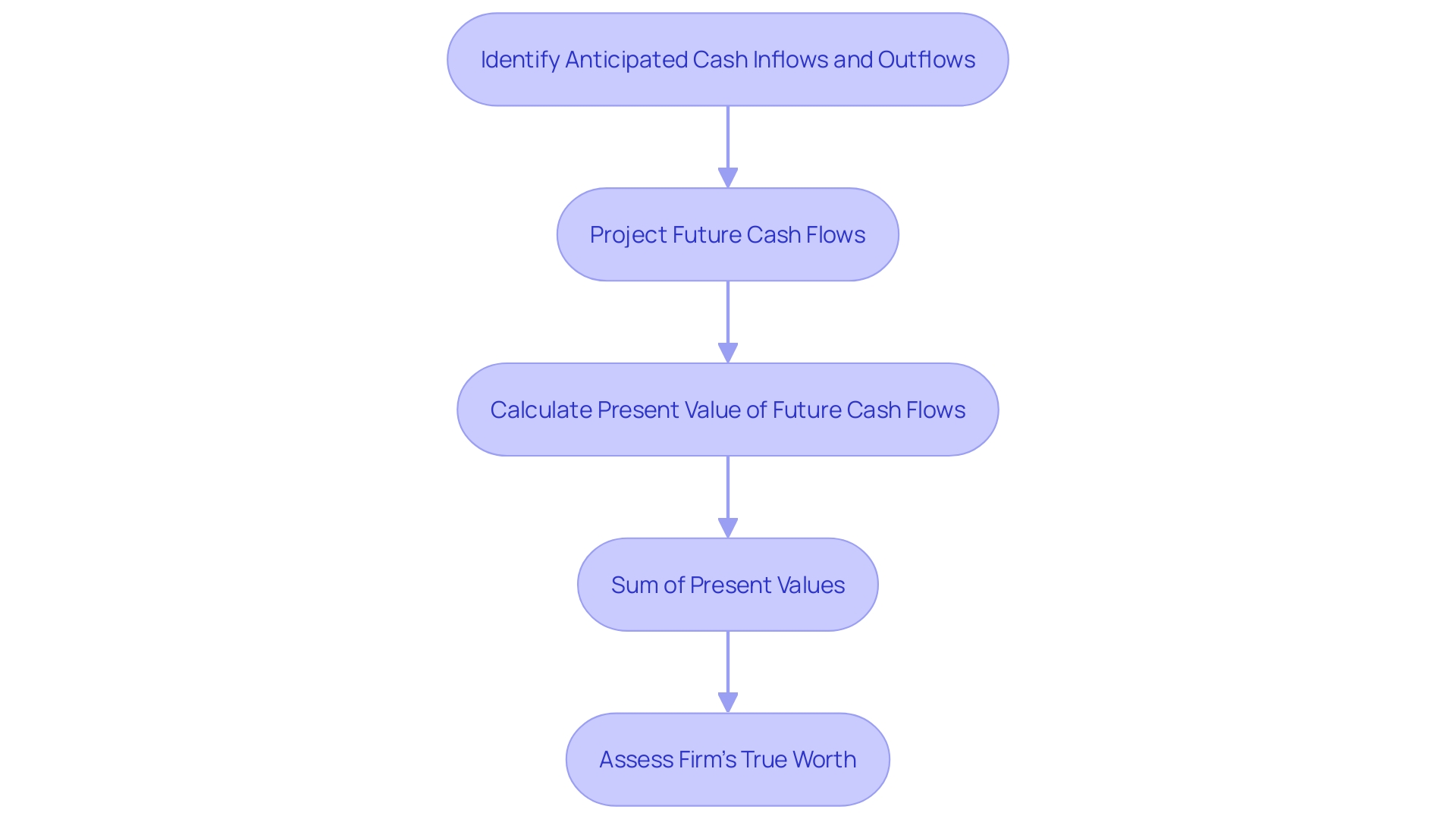
Importance of Valuation in Business Decisions
Understanding the worth of an organization is essential for making decisions. Whether you're contemplating a sale or takeover or looking for funding, a comprehensive assessment provides insights to guide your strategy and enhance your prospects of achieving success.
Consider the instance of Applied Cartography purchasing five software firms under the assumption that this sector was not entirely recognized yet in terms of worth and potential expansion possibilities.
'Stephanie Wells from Formidable Forms emphasizes the significance of contemplating the direction of your organization, over the next five or ten years before considering any acquisition proposals. This proactive strategy aids you in understanding the worth of your enterprise beyond just the immediate financial attraction of an offer.'.
'In a report by Bloomberg news outlet it was pointed out that the increasing strength of stock exchanges is empowering potential buyers with more financial leverage when it comes to making acquisitions or investments in businesses. The article emphasizes the changing landscape of valuations and the importance of keeping up to date with trends, in order to make smart and profitable business choices promptly and effectively.'.
Assessing where a software firm stands in its industry is crucial for understanding its value. The strength of an organization in the sector typically indicates a competitive advantage that manifests as devoted clients or distinctive offerings and cutting-edge technology. Entities that consistently demonstrate innovation, either through research and development or strategic acquisitions, tend to be highly esteemed.
Ultimately for any organization to succeed and thrive the key objective is to maximize value in all facets of its operations. By prioritizing assessing growth opportunities and grasping the market environment companies can strategically plan their actions in line, with their goals.
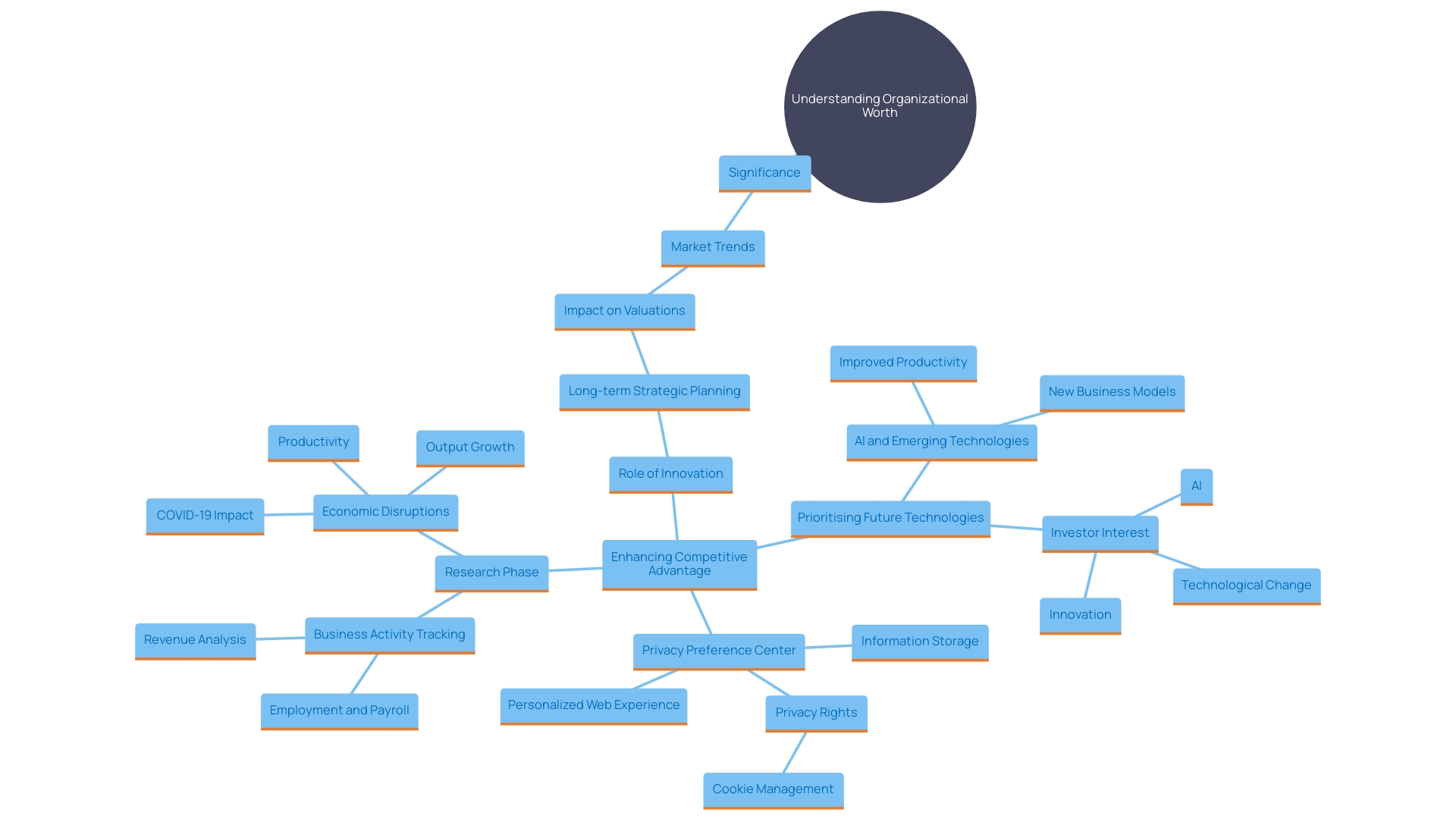
Conclusion
It's important for business owners and investors to grasp the details of how companiesre valued in order to thrive in a competitive market environment successfully. Factors like performance and market position alongside profitability and sustainable competitive advantage play a crucial role in determining a companys value. Companies such as Pool Corporation and Tesla serve as examples of how maintaining financial stability and adjusting to market changes can pave the way for sustained success, in the long run.
The conversation underscores the valuation dynamics present in both big companies and smaller businesses alike. Big corporations are often viewed as stable and dependable given their resources. On the hand smaller enterprises showcase flexibility and potential for innovation qualities that can attract investors in search of growth prospects. Moreover the article delves into valuation approaches such as the Discounted Cash Flow technique and market capitalization offering crucial guidelines, for evaluating a companys actual worth.
In the end keeping up with market trends and consistently reviewing business tactics can help companies succeed. Taking a stance on understanding worth can put organizations in a favorable position ensuring they not just survive but also thrive in a swiftly changing business landscape. The path to optimizing value is a journey that demands perseverance, flexibility and a sharp eye, on industry developments.




